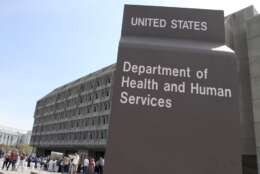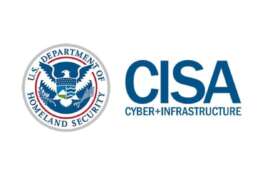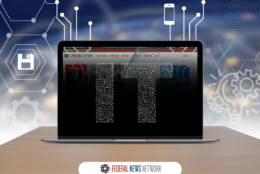Cybersecurity
-
Next month, Microsoft president Brad Smith will appear before the House Homeland Security Committee. He'll answer questions about the nation-state cyberattacks.
May 24, 2024 -
Harry Coker highlighted federal efforts to better secure basic internet technology, as well as critical infrastructure, during addresses this week.
May 23, 2024 -
Gayatri Prakash, the vice president and general manager for Compliance at CloudBees, explains how to make SBOMs more valuable through better data collection.
May 23, 2024 -
The Commerce Department's International Trade Administration will be looking for a new CIO and DISA executives shift into new roles.
May 23, 2024 -
Cindi Carter, the global CISO for the Americas for Check Point Software Technologies, said AI can help augment cyber defenses already in place at many agencies.
May 21, 2024 -
The new project comes amid sustained Congressional attention on HHS's role in overseeing healthcare cybersecurity in the wake of the Change Healthcare incident.
May 21, 2024 -
The team behind the F-35 Joint Strike Fighter have one mission, and that is to keep the operation of the jet safe for the warfighters who rely on it.
May 21, 2024 -
As webapps become a trusted part of the way organizations do business, the risk unevaluated websites pose to zero trust architectures is underestimated.
May 21, 2024 -
The Environmental Protection Agency warns that cyberattacks against water utilities around the U.S. are becoming more frequent and more severe.
May 20, 2024 -
After creating an internal career development portal for cyber employees, the VA’s Office of Information and Technology aims to build out the platform further.
May 20, 2024 -
Eric Goldstein, the executive assistant director for cybersecurity for CISA, will leave his role after three plus years in June.
May 16, 2024 -
The Technology Modernization Fund Board awarded three agencies a total of $49.2 million for AI, IT modernization and cybersecurity projects.
May 16, 2024 -
The Diplomatic Security at the State Department is working on establishing a CI/CD pipeline with security involved throughout the process of development.
May 15, 2024 -
CISOs across the public and private sectors are confronting quickly evolving cyber threats, including API attacks and supply chain compromises.
May 14, 2024 -
The NICE framework, which defines cyber workforce roles, just added new competencies and updated skills. But for cyber leaders at NIST, that’s only the start.
May 14, 2024















